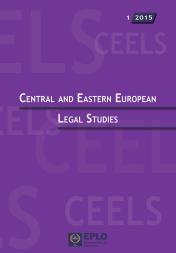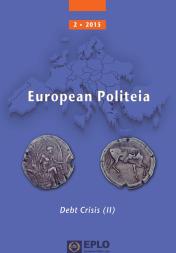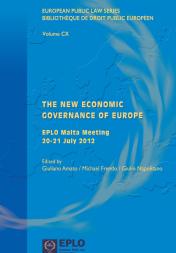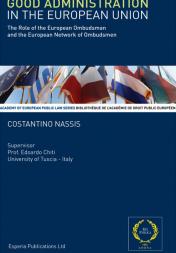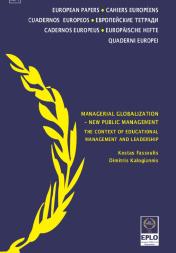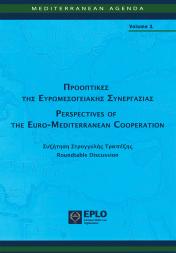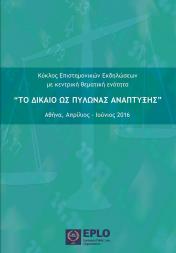
Administrative Law / Droit administratif
2010-2013
IRELAND / IRLANDE
KEVIN COSTELLO
Sutherland School of Law, University College Dublin
The principle that an administrative measure which interferes with personal rights must be a proportionate means of achieving its objective was elaborated upon by the Supreme Court in Meadows v Minister for Justice [2010] IESC 3, a decision in which the Supreme Court appears to have reduced the sharpness of the proportionality ground by providing that the degree of disproportionality must be so severe as to be positively unreasonable. The doctrine of legitimate expectation was extended in Lett v Wexford Borough Council [2012] IESC 14. Here the Supreme Court approved the existence of a novel, secondary remedy where a legitimate expectation is disappointed: the minimum equity principle. The right to reasons for administrative action - confirmed by the Supreme Court in Rawson v Minister for Defence [2012] IEHC 26 - is reviewed. Changes in 2012 to the procedure regulating judicial review - which reduce the time for initiating judicial review to three months - are also analysed.
Le principe selon lequel une mesure administrative qui affecte des droits individuels doit être un moyen proportionné d'atteindre son objectif a été élaboré par la Cour suprême dans l'affaire Meadows/Minister for Justice [2010] IESC 3, par un arrêt dans lequel la Cour suprême semble avoir réduit la rigueur du principe de proportionnalité en déclarant que le degré de non-proportionnalité doit être suffisamment grave pour être positivement déraisonnable. La théorie de l'attente légitime a été élargie dans l'affaire Lett/Wexford Borough Council [2012] IESC 14. Ici, la Cour suprême a approuvé l'existence d'un recours secondaire original là où une attente légitime est déçue: le principe d'équité minimale. Le droit à la motivation d'un acte administratif - confirmé par la Cour suprême dans l'affaire Rawson/ Minister for Defence [2012] IEHC 26 - est analysé. Les changements intervenus en 2012 dans la procédure qui réglemente le contrôle juridictionnel - qui réduisent à trois mois le délai d'introduction de ce dernier - sont aussi examinés.





